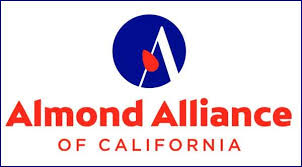Almond Board of California Announces 2023 Elections
By: Rick Kushman, Almond Board of California
Elections for the Almond Board of California (ABC) Board of Directors have launched for the 2023-2024 crop year with the call to all candidates to file their petitions or declarations of candidacy by April 1, 2023.
The industry will choose for one independent grower position and two independent handler positions on the ABC Board of Directors in voting that starts April 21 and ends May 25. Alternate seats for those spots are also open, plus a second grower alternate seat, currently empty, is also up for election.
To be considered for an independent grower or alternate seat, candidates must be a grower and must submit a petition signed by at least 15 independent almond growers (as verified by ABC). Independent handler and alternate candidates must declare their intention in writing to ABC.
All details, documents, open positions, the election timeline and deadlines, and frequently asked questions can be found at Almonds.com/Elections. All petitions and declarations must state the position for which the candidate is running and be sent to abcbodelections@almondboard.com or printed and mailed to ABC, 1150 9th St., Suite 1500, Modesto, CA 95354. The deadline for all filings is April 1. Potential candidates who’d like more information can contact ABC at abcbodelections@almondboard.com.
“The ABC Board of Directors is tremendously important to the success of our industry,” said ABC President and CEO Richard Waycott. “More than 7,600 growers and 100 handlers count on them to guide the work of the Almond Board and to help the industry navigate these complicated times.”
The ABC board sets policy and recommends budgets in major areas, including marketing, production research, public relations and advertising, nutrition research, statistical reporting, quality control and food safety.
Getting involved provides an opportunity to help shape the future of the almond industry and to help guide ABC in its mission to promote California almonds to domestic and international audiences through marketing efforts, funding and promoting studies about almonds’ health benefits, and ensuring best-of-class agricultural practices and food safety.
ABC encourages eligible women, minorities and people with disabilities to consider running for a position on the Board of Directors to reflect the diversity of the industry it serves.















